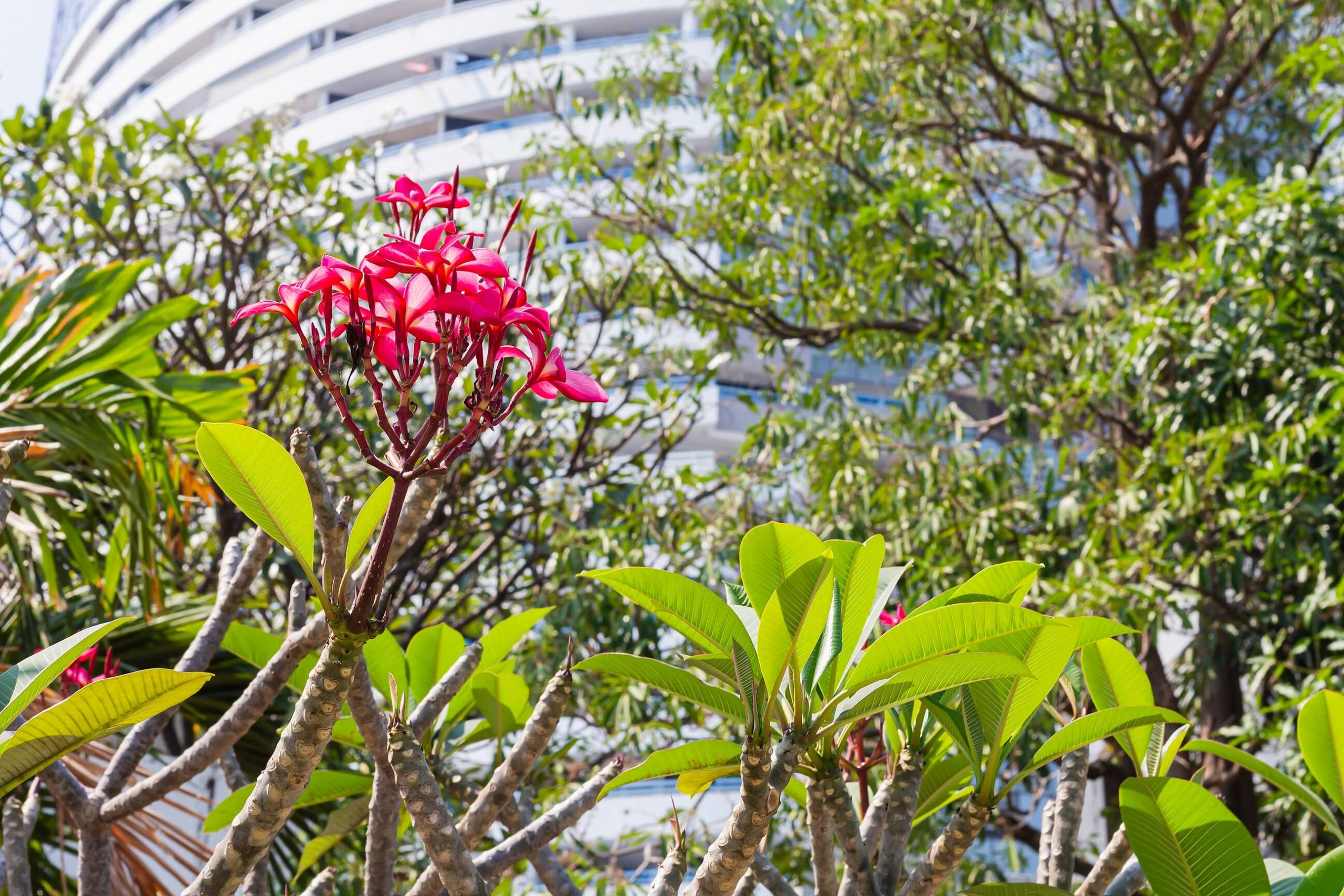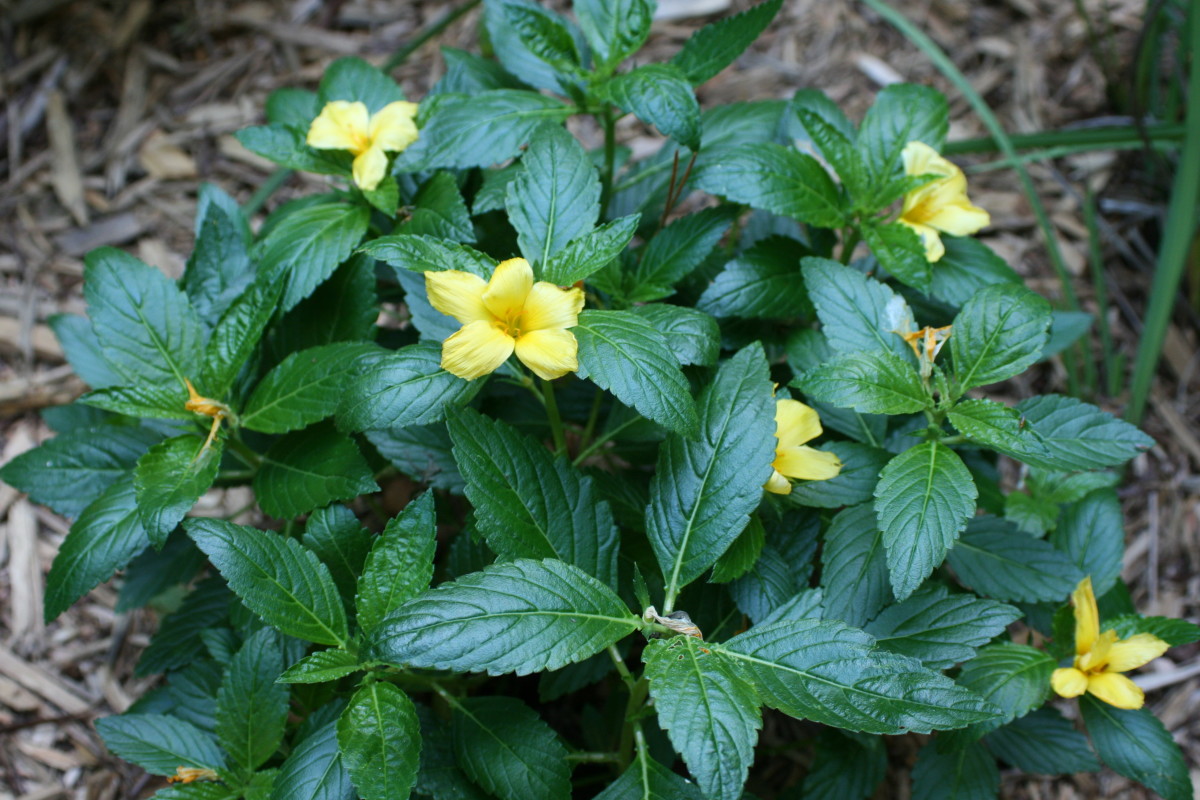In the sun-drenched landscapes of Florida, a vibrant array of plants thrives, each boasting unique characteristics and ecological significance. Florida plants for sun are not just beautiful additions to your garden; they are essential players in the state’s diverse ecosystem. Embark on a storytelling journey filled with scientific insights as we explore the wonders of these sun-loving botanical marvels.
From the towering majesty of palm trees to the delicate beauty of wildflowers, Florida’s sun-loving plants offer a kaleidoscope of colors, shapes, and textures. Whether you’re a seasoned gardener or just starting your green-thumbed adventure, this guide will provide you with the knowledge and inspiration you need to create a thriving sun-filled oasis.
Popular Florida Plants for Sun

Florida’s subtropical climate and abundant sunshine make it an ideal place for a wide variety of sun-loving plants. These plants thrive in full sun exposure, showcasing vibrant blooms and lush foliage that add beauty and vitality to any landscape.
When selecting plants for sunny locations in Florida, it’s essential to consider factors such as soil conditions, water requirements, and maintenance needs. By choosing plants that are well-suited to these conditions, you can create a thriving and low-maintenance garden that will flourish for years to come.
Shrubs
Shrubs are an excellent choice for adding structure and color to sunny landscapes. They come in various sizes and shapes, offering options for both small and large spaces.
- Firebush (Hamelia patens): This large shrub produces clusters of bright orange-red flowers that attract hummingbirds and butterflies. It grows best in well-drained soil and requires regular watering.
- Hibiscus (Hibiscus rosa-sinensis): Known for its large, showy flowers in a range of colors, hibiscus prefers moist, well-drained soil and regular fertilization.
- Pentas (Pentas lanceolata): A low-maintenance shrub that produces clusters of star-shaped flowers in pink, red, white, or purple. It tolerates drought conditions and prefers well-drained soil.
- Plumbago (Plumbago auriculata): This trailing shrub features clusters of blue flowers that bloom throughout the summer. It is drought-tolerant and grows well in a variety of soil conditions.
- Dwarf Yaupon Holly (Ilex vomitoria ‘Nana’): A compact evergreen shrub with glossy leaves and red berries in winter. It prefers acidic soil and regular watering.
Perennials
Perennials are herbaceous plants that return year after year, providing continuous color and interest to the garden. They are generally low-maintenance and can tolerate a range of soil conditions.
- Coneflower (Echinacea purpurea): This popular perennial produces daisy-like flowers in shades of purple, pink, or white. It prefers well-drained soil and full sun.
- Daylily (Hemerocallis): A versatile perennial that comes in a wide variety of colors and bloom times. It tolerates a range of soil conditions and requires regular watering.
- Gaillardia (Gaillardia pulchella): This daisy-like perennial features bright yellow and red flowers that attract butterflies. It prefers well-drained soil and tolerates drought conditions.
- Salvia (Salvia spp.): A genus of flowering plants that includes many popular garden varieties. Salvias prefer well-drained soil and regular watering, and they come in a range of flower colors and sizes.
- Zinnia (Zinnia elegans): A heat-tolerant annual that produces large, showy flowers in a range of colors. It prefers well-drained soil and regular watering.
Vines
Vines are a great way to add vertical interest and coverage to sunny walls, fences, or trellises. They can provide privacy, shade, and a touch of elegance to any landscape.
- Bougainvillea (Bougainvillea spp.): A vigorous vine with colorful bracts (modified leaves) that resemble flowers. It prefers well-drained soil and regular watering.
- Coral Honeysuckle (Lonicera sempervirens): A fast-growing vine with trumpet-shaped flowers that attract hummingbirds. It prefers moist, well-drained soil and regular watering.
- Crossvine (Bignonia capreolata): A deciduous vine with orange-red flowers that bloom in spring. It prefers well-drained soil and tolerates drought conditions.
- Mandevilla (Mandevilla spp.): A heat-tolerant vine with large, trumpet-shaped flowers in shades of pink, red, or white. It prefers well-drained soil and regular watering.
- Passion Flower (Passiflora spp.): A vine with unique, intricate flowers and edible fruit. It prefers well-drained soil and regular watering.
Landscaping with Sun-Loving Florida Plants: Florida Plants For Sun
/sempervivum-tectorum--mountain-plant--crassulaceae-1049248280-9167898e07cf43888866a8dcb095dcb8.jpg)
Sun-loving Florida plants offer a vibrant palette for creating stunning landscapes. These plants thrive under the abundant sunlight, adding color, texture, and ecological value to outdoor spaces.
Native plants are particularly beneficial, as they are adapted to the local climate and soil conditions, requiring less maintenance and attracting native wildlife. Native species also support pollinators, such as bees and butterflies, contributing to a healthy ecosystem.
Creative Landscaping Ideas
Incorporate Florida sun plants into your landscaping design using these creative ideas:
– Mass Plantings: Create a dramatic effect by planting groups of the same species together, forming colorful swaths or hedges.
– Companion Planting: Plant compatible species together that benefit each other. For example, companion planting marigolds with tomatoes repels pests and improves tomato growth.
– Vertical Gardening: Utilize trellises or arbors to train climbing plants like bougainvillea and passionflower, adding height and interest to vertical surfaces.
– Focal Points: Highlight a specific area of your landscape with a specimen plant, such as a stately palm tree or a blooming hibiscus.
– Water Features: Incorporate water elements, such as ponds or fountains, to attract wildlife and enhance the overall aesthetics of your landscape.
Gardening Tips for Florida Sun Plants

Florida’s abundant sunshine provides ideal conditions for a wide range of sun-loving plants. However, to ensure optimal growth and health, it’s essential to follow specific gardening practices tailored to these plants’ needs.
Importance of Sunlight Exposure
Sun-loving Florida plants thrive in areas that receive at least six hours of direct sunlight per day. Insufficient sunlight can lead to stunted growth, reduced flowering, and increased susceptibility to pests and diseases. To measure sunlight exposure, use a light meter or observe the area during different times of the day.
Soil Amendments
Florida’s sandy soil benefits from amendments to improve drainage and fertility. Compost, a rich organic matter, enhances soil structure and provides essential nutrients. Mulch, such as bark or pine needles, conserves moisture, suppresses weeds, and regulates soil temperature.
Watering
Water sun-loving Florida plants deeply and infrequently, allowing the soil to dry out slightly between watering. Overwatering can lead to root rot and other problems. Consider using a moisture meter to determine when plants need water.
Fertilizing
Fertilize sun-loving Florida plants regularly during the growing season with a balanced fertilizer. Slow-release fertilizers provide nutrients over an extended period. Follow the manufacturer’s instructions for application rates and timing.
Pruning, Florida plants for sun
Pruning removes dead or diseased branches, promotes new growth, and controls the shape of sun-loving Florida plants. Prune during the dormant season or after flowering to avoid stimulating new growth that may be damaged by frost.
